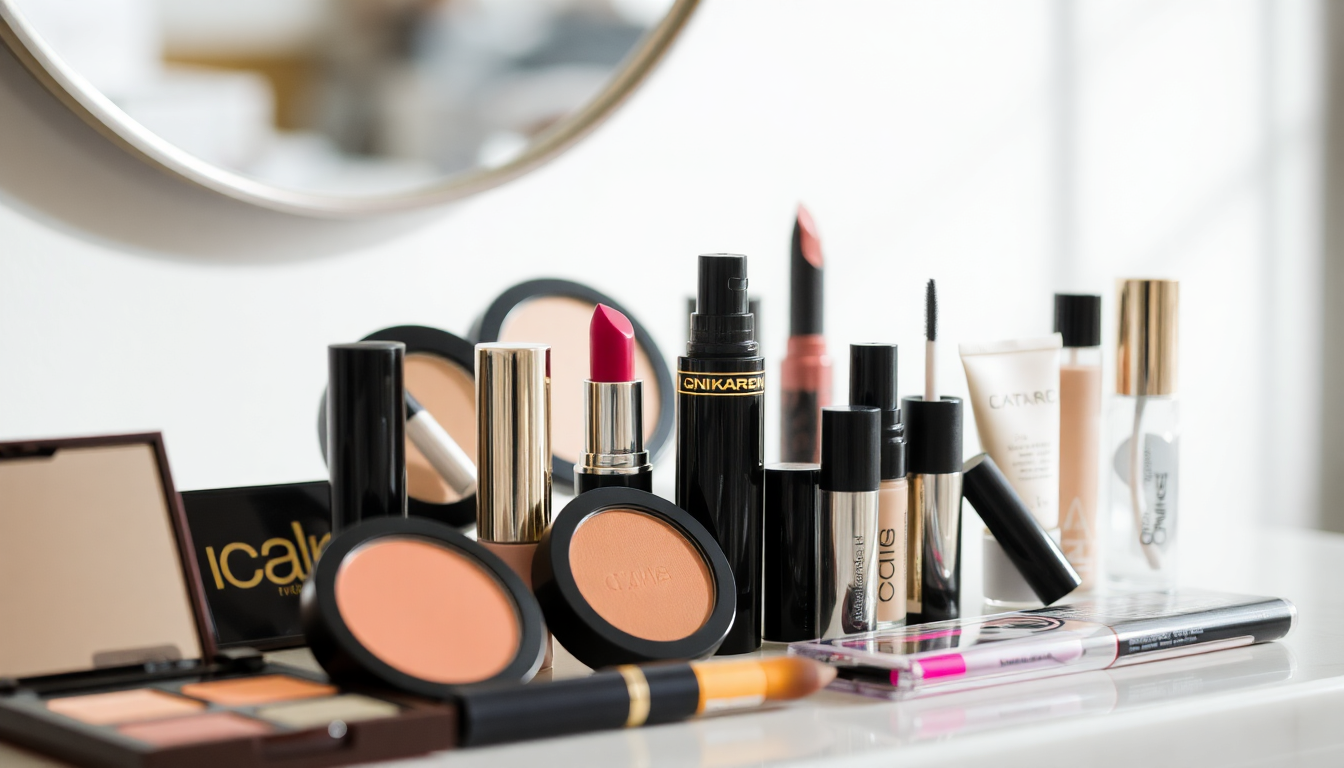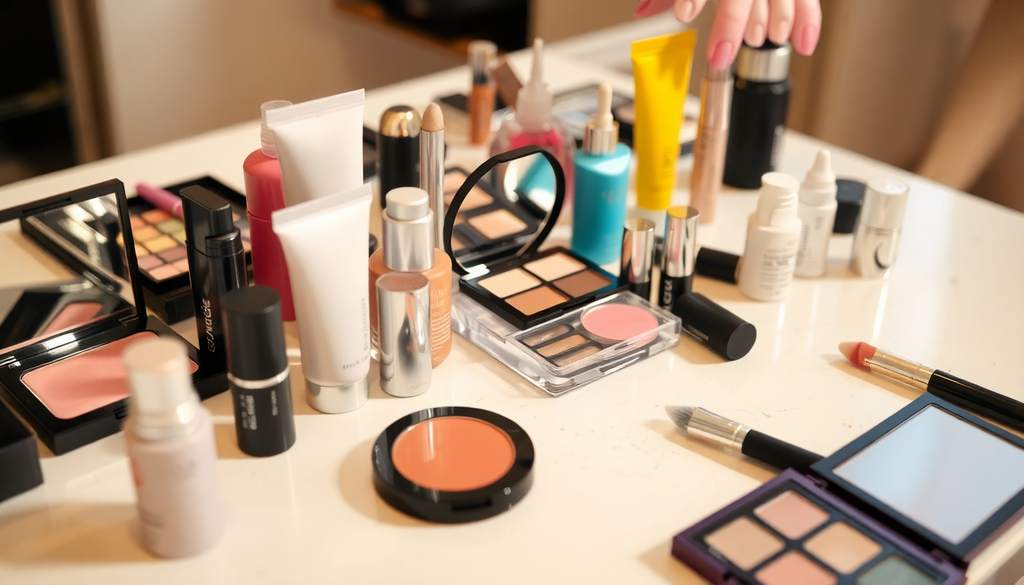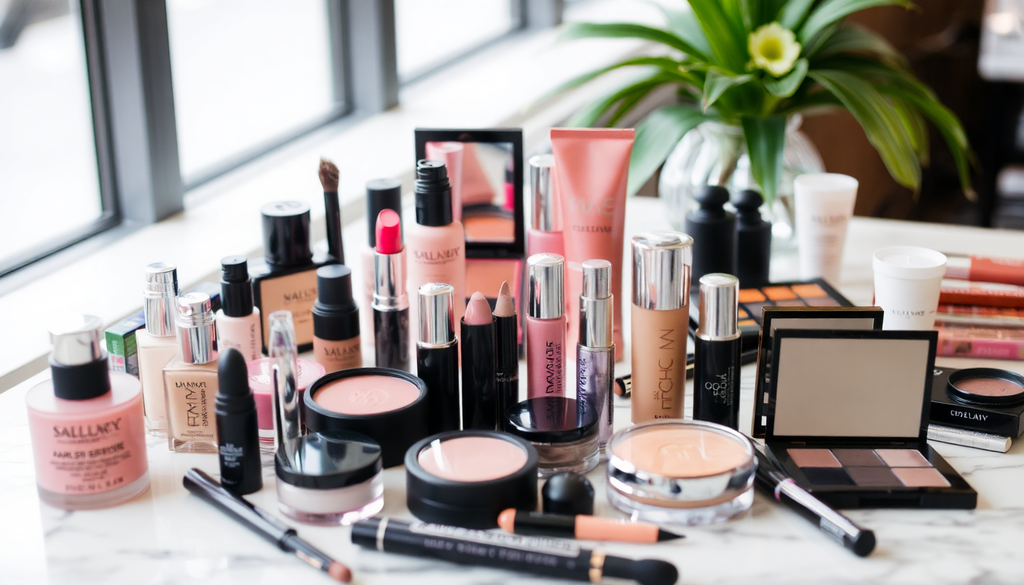
Essential Strategies for Launching Your Makeup Brand: Navigating Global Markets and Import Policies in 2025
Introduction
Launching a makeup brand in 2025 is an exciting venture, but it also comes with its challenges. The global beauty industry is dynamic, influenced by trends, consumer preferences, and regulatory changes. This article provides a comprehensive guide to essential strategies for establishing your makeup brand, focusing on navigating global markets and understanding import policies.
Understanding Global Markets
Before launching your makeup brand, it’s vital to understand the characteristics and preferences of different global markets. Each region has unique beauty trends and regulatory requirements that can impact your success. Below is an in-depth look at key markets to consider:
1. United States
- Regulations: The FDA regulates cosmetic products in the U.S. Brands must ensure compliance with labeling, ingredient safety, and any claims made on the packaging.
- Trends: Clean beauty is on the rise, with consumers increasingly seeking cruelty-free, vegan, and sustainable products. Brands focusing on transparency and ethical sourcing are likely to resonate well with U.S. consumers.
- Target Audience: Millennials and Gen Z are significant driving forces, often preferring brands that align with their values.
2. European Union
- Regulations: The EU has strict regulations that cosmetics must comply with, including the EU Regulation (EC) No 1223/2009. This regulation mandates safety assessments, proper labeling, and compliance with environmental standards.
- Trends: There is a notable shift towards vegan and organic makeup products. Additionally, consumers are becoming more aware of ingredient transparency and the environmental impact of packaging.
- Market Opportunities: Niche markets, such as products tailored for sensitive skin or specific beauty needs, are gaining traction.
3. Asian Markets (e.g., South Korea and Japan)
- Regulations: Each country has its own regulations; for example, South Korea requires registration with the KFDA before selling cosmetics, while Japan has specific labeling requirements that must be met.
- Trends: Innovative textures, such as cushion foundations and multi-use products, dominate these markets. The K-beauty trend emphasizes skincare-infused makeup, merging beauty with skincare benefits.
- Consumer Behavior: Asian consumers are often influenced by social media trends and celebrity endorsements, making influencer partnerships essential.
4. Australia and New Zealand
- Regulations: In Australia, cosmetics must comply with the Industrial Chemicals Act 2019 and regulations set by NICNAS. Understanding local regulations is crucial for a successful launch.
- Trends: There is a strong preference for natural ingredients and eco-friendly packaging. Brands focusing on sustainability are well-positioned to capture consumer interest.
- Unique Selling Points: Highlighting local ingredients or collaborations with local artists can enhance brand appeal in these markets.
5. Emerging Markets (e.g., Brazil and India)
- Regulations: Emerging markets often have less stringent regulations, but it's essential to stay informed about local compliance requirements to avoid legal issues.
- Trends: In Brazil, bold colors and vibrant looks are popular, while Indian consumers are increasingly interested in products that cater to diverse skin tones.
- Market Entry Strategies: Collaborating with local influencers and engaging in community-driven marketing can help establish brand loyalty in these emerging markets.
Navigating Import Policies
Understanding import policies is crucial for entering new markets. Here are some essential tips for navigating import regulations:
- Research Import Tariffs: Each country has different tariffs that can significantly impact your pricing strategy. Understanding these tariffs can help you set competitive prices while maintaining profitability.
- Documentation: Prepare all necessary documentation, including Certificates of Conformity, safety data sheets, and import permits. Incomplete documentation can lead to delays or fines.
- Customs Brokers: Hiring a customs broker can streamline the import process and ensure compliance with all regulations, allowing you to focus on your core business activities.
- Staying Updated: Import policies can change frequently. Regularly review regulations in your target markets to avoid non-compliance issues.
Setting Up Your Online Store
In today’s digital age, establishing a robust online presence is essential for your makeup brand. Here’s how to set up your makeup online store effectively:
- Choose the Right E-commerce Platform: Platforms like Shopify, WooCommerce, or BigCommerce offer user-friendly interfaces and customizable features that can help you create an effective online store.
- Optimize for SEO: Use relevant keywords, meta tags, and high-quality images to improve your website’s search engine ranking. Regularly update your content and incorporate a blog to drive organic traffic.
- Mobile Optimization: Ensure your site is mobile-friendly, as a significant percentage of consumers shop via their smartphones. A seamless mobile experience can enhance customer satisfaction and increase conversions.
- Payment Gateways: Integrate multiple payment options to cater to different consumer preferences, including credit/debit cards, PayPal, and local payment methods in your target markets.
- User Experience: Focus on intuitive navigation and a streamlined checkout process to reduce cart abandonment rates. Consider customer feedback to make continuous improvements.
Marketing Your Makeup Brand
Once your brand is ready, effective marketing is vital for attracting and retaining customers. Consider these strategies:
- Leverage Social Media: Platforms like Instagram, TikTok, and YouTube are crucial for beauty brands. Create engaging content that showcases your products, and consider running targeted ads to reach a broader audience.
- Collaborate with Influencers: Partner with beauty influencers to tap into their follower base. Authentic reviews and tutorials can build trust and encourage purchases.
- Content Marketing: Develop high-quality content such as tutorials, beauty tips, and behind-the-scenes insights to engage your audience and establish your brand as an industry authority.
- Email Campaigns: Use personalized email marketing to keep customers informed about new products, special offers, and exclusive discounts. Segment your audience to tailor messages for better engagement.
- Utilize User-Generated Content: Encourage customers to share their looks using your products on social media. Feature their content on your platforms to foster community and authenticity.
Trendy Innovations in the Makeup Industry
Staying ahead of trends is essential for success in the competitive makeup industry. Here are some of the latest innovations to consider for your brand:
- Augmented Reality (AR) Technology: Incorporating AR features into your website or app allows customers to virtually try on products before purchasing, enhancing the shopping experience.
- Personalization: Offering personalized products or recommendations based on customer preferences can increase customer satisfaction and loyalty.
- Eco-Friendly Packaging: Consumers are increasingly looking for sustainable packaging solutions. Explore compostable, recyclable, or reusable packaging options to appeal to eco-conscious buyers.
- AI-Powered Chatbots: Implement AI chatbots on your website to assist customers with inquiries, providing instant support and enhancing the user experience.
Conclusion
Launching your makeup brand in 2025 requires a strategic approach to navigate diverse global markets and comply with import regulations. By understanding the unique characteristics of each market, optimizing your online presence, and implementing effective marketing strategies, you can position your brand for success in the competitive beauty industry. Embrace the trends, stay compliant, and watch your brand flourish!


